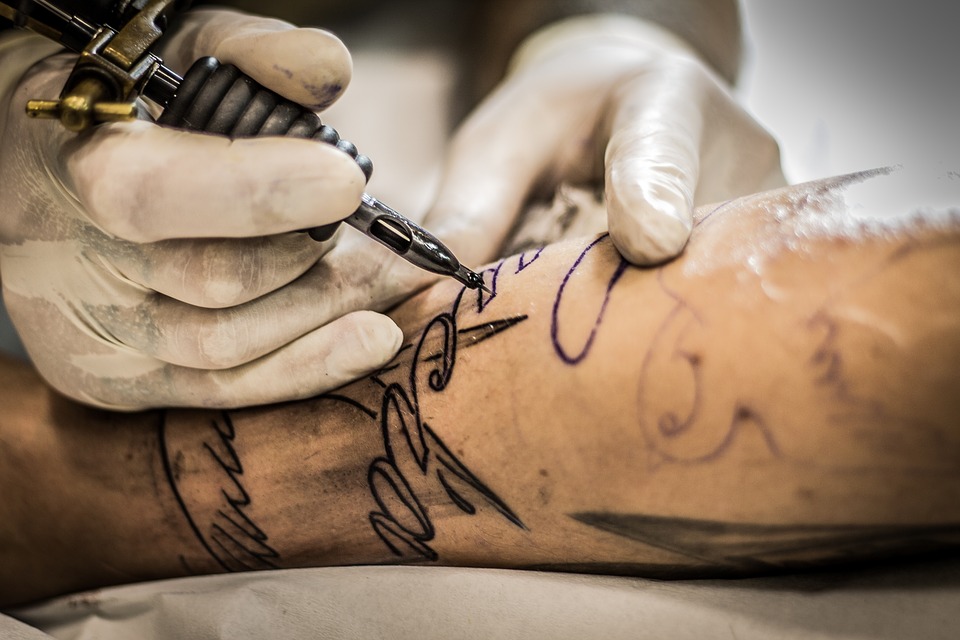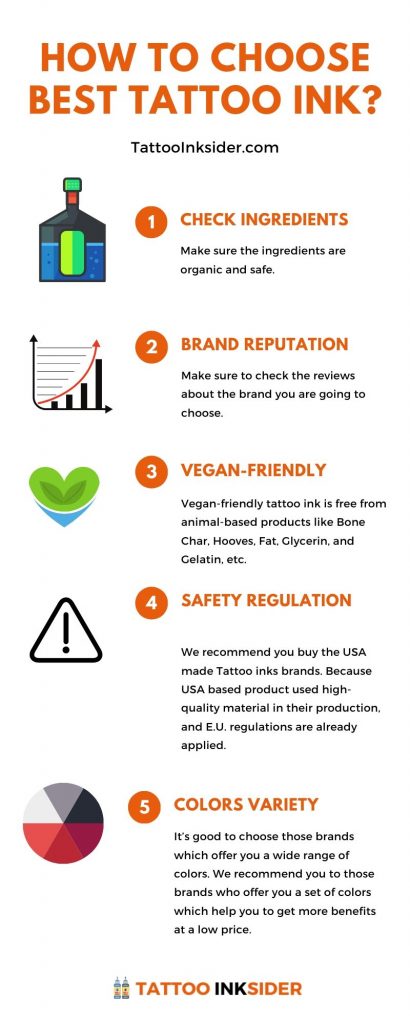The Evolution of Tattoos – How it all started?
The history of tattoos and body art spans across oceans and centuries, from the ancient tribes of Central Africa to imperial Japan to Inuit tribes in North America. The origins of modern tattooing can be traced back to pre-history, and it hasn’t always been pretty.
Evidence has been found that tattooing for spiritual and tribal identity purposes reaches back to the beginning of humanity and all around the globe. Ancient pre-Islam Moroccan Bedouin women used tattooing to mark events in their lives, such as marriage, childbirth, and old age.
The Maori and Samoan people of the Pacific are to this day considered masters of the art of tattooing. The Maori traditionally use tools known as Ta Moko to literally chisel complex designs into the skin. These designs signify the wearer’s clan and station in life.
Tattoo: How it all started?
In Japan, traditional artists use tebori tattooing, etching spiritually significant designs using bamboo needle tools and bright, bold colors on Nara ink. In ancient Inuit tribes of North America, women would thread ink laden threads beneath the skin to tattoo lines on their faces in different patterns that represented different life events.
In Africa, scarification and body decoration are close cousins of tattooing, and the hundreds of tribes and nations of the continent continue to use such traditional rights of passage to identify status, tribal association, and spiritual identity. Body modification in Africa is a sometimes controversial tribal practice, for example, the act of genital mutilation, which can be a health hazard and forced on women and girls in modern Africa.

Modern western tattooing can be traced back to explorers such as Captain Cook, who was introduced to tattooing in the Tahitian and Polynesian islands. The word “tattoo”, actually comes from the word Tatau, which means “mark”. Captain Cook is credited with introducing tattooing to the western world in the 18th century when he brought documentation of island tattoo practices back to England. In 1777 the word “tattoo” was officially added to the English dictionary.
Japanese Tattoo Story
Of course, the history of tattooing wasn’t always a happy one. Throughout history, tattooing has fallen into criminality. In imperial Japan in the 18th century, tattooing became associated with organized crime, outlawed and popular only among criminals and tourists, and visiting sailors. In the 700s AE, as Christianity began to come into power in the Roman empire, Pope Hadrian I banned tattooing as sacrilegious, and tattooing fell out of favor and was rarely if ever seen in the western world. In the late 18th and into the 19th century as tattooing was brought back into the limelight as an exotic and mysterious practice, indigenous tattooed people were captured and forced into “human zoos” and freak shows, brought around Europe and the US to display like objects for wealthy gawkers to stare at.
Tattooing in WWII
While tattooing became popular in WWII among sailors and service members, launching the “golden age” of American tattooing, the practice fell out of popularity as the war ended and many tattoo shops were found to be using poor hygiene and safety protocols. The famous Norman Keith Collins aka Sailor Jerry began normalizing sanitization and cleanliness in tattoo shops and is an important figure in the tattoo world, not just for his style of art but also for his advocacy for the tattoo industry! However in the 50s to the 70s, tattooing became a counter-culture and “underworld” practice, and as mistreated and disgruntled veterans of WWII, Korea, and Vietnam looked for a community of their own, gangs began to grow in number and range, and tattooing was often associated with these organizations.
Modern Day Tattoos
In the 90s and today, tattooing came into the new era. Tattoos now are considered less of a cultural identifier and more of an art form. Artists feel creative freedom and connect with clients on a creative and personal level like never before. The “flash” tattoos of old, where one would pick a pre-drawn tattoo from a sheet or binder in a tattoo shop, are replaced by custom artwork that fits exactly what the client wants. Traditional artwork and methods are also making a resurgence around the world. In New Zealand, some of the first tattooed Maori tribal leaders were recently elected to the NZ parliament.

How to choose the best tattoo ink? – Infographic by TattooInksider.com
Traditional warrior tattoos have become allowed and even encouraged in the NZ armed forces, where they were previously banned. In Japan, tattoos are losing their association with the Yakuza, and are slowly rising in popularity among young people and travelers to the country. Many indigenous people are also taking back traditional tattooing, and some indigenous artists are creating new cultural identities through their art, reclaiming lost traditions and making them their own. The tattoo industry is more normalized and diverse than ever!
